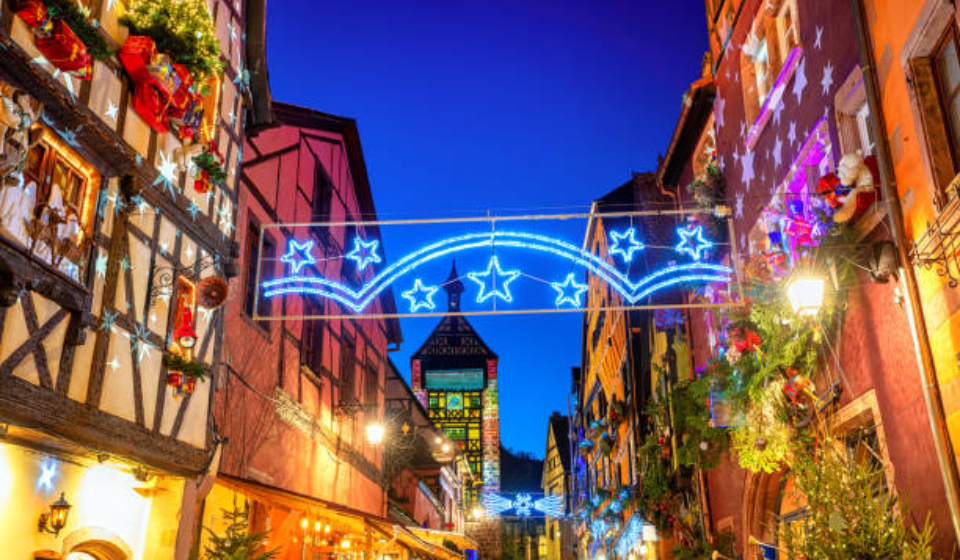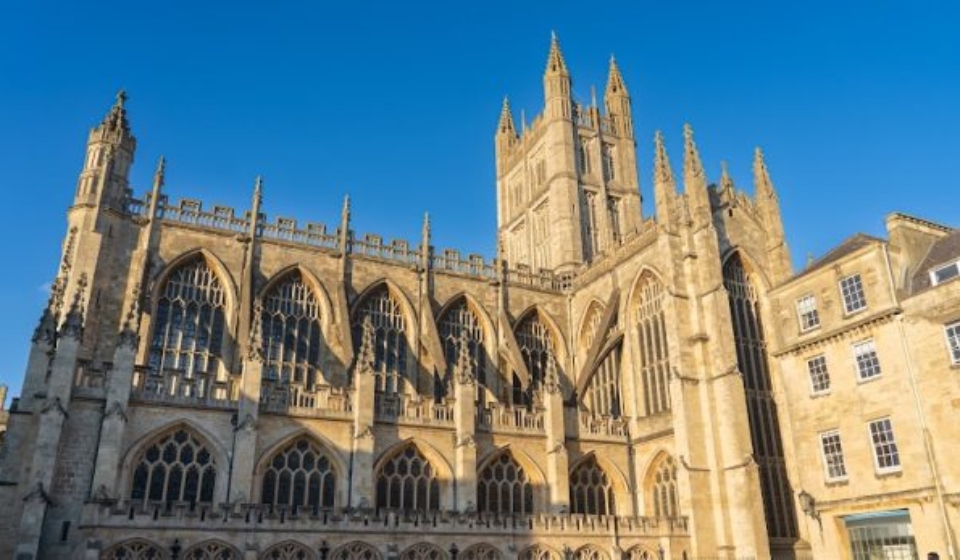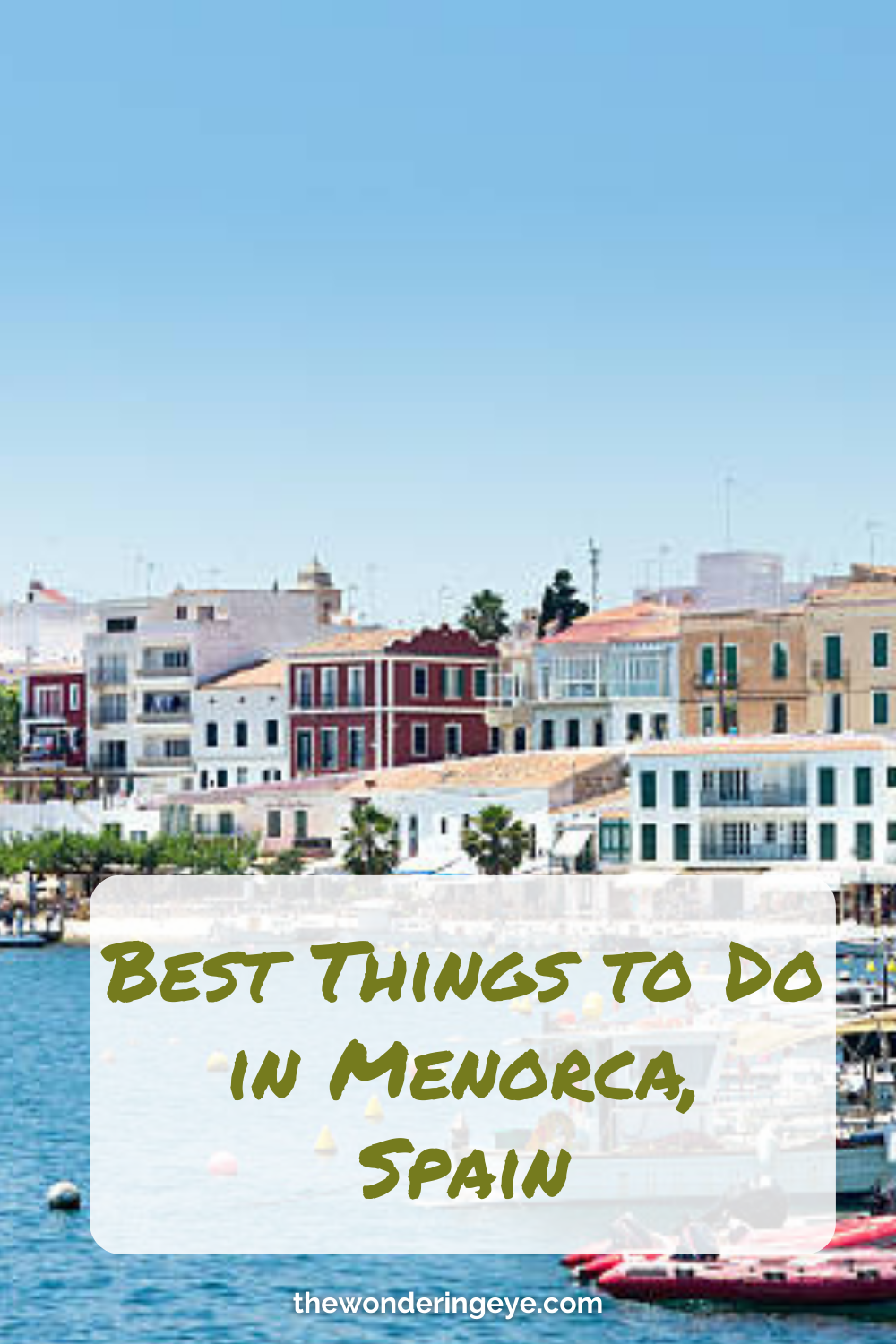Menorca is one of Spain’s Balearic Islands, and it is a hidden treasure that offers a unique blend of stunning beaches, rich history, and natural beauty. With its crystal-clear waters, white sandy beaches, and rugged coastline, Menorca is the ultimate paradise for beach lovers. However, there is more to this island than just its beaches. Menorca has something for everyone, from exploring ancient ruins to hiking through nature reserves.
Menorca is an excellent destination for history buffs. The island has several archaeological sites that date back to prehistoric times, including the Talayotic Culture, which thrived between 2000 and 1000 BC.
The Naveta des Tudons, an exceptionally well-preserved burial chamber, and the Torre d’en Galmés, a fortified settlement, are among the remarkable monuments left behind by this culture. Visitors can also discover the historic town of Ciutadella, which was established by the Carthaginians in the 4th century BC and features a delightful medieval old town.
Historical Sites in Menorca
Naveta des Tudons
Naveta des Tudons is a prehistoric site located in Ciutadella, Menorca. It is a megalithic chamber tomb, which was built around 1000 BC. The site is well preserved and is considered to be one of the best examples of its kind in the world. The structure is made of large stones, and the interior is divided into two chambers. The tomb is believed to have been used for multiple burials over the years. Visitors can explore the site and learn about the history of the area.
Torre d’en Galmés
Torre d’en Galmés is an ancient Talayotic settlement located in the southern part of Menorca. It is believed to have been inhabited from around 1400 BC until the Roman conquest in the 2nd century BC. The site features several structures, including a talayot (a circular stone tower), a taula (a large stone table), and several houses. Visitors can explore the site and learn about the history of the area.
Fort Marlborough
Fort Marlborough is a British fortification located in Mahon, Menorca. It was built in the 18th century during the Seven Years’ War and was used as a military base until the 19th century. The fort features several structures, including barracks, gunpowder stores, and a chapel. Visitors can explore the site and learn about the history of the area.
Menorca is home to several historical sites, each with its own unique story. Visitors to the island can explore these sites and learn about the rich history of the area.
Natural Attractions
Menorca is a beautiful island with several natural attractions that are worth exploring. Here are some of the best natural attractions that visitors must visit during their trip to Menorca.
Cala Macarelleta
Cala Macarelleta is a small and stunning beach located in the south of Menorca. The beach is known for its crystal-clear waters and white sandy beaches, which makes it a perfect spot for swimming and sunbathing. Visitors can reach the beach by walking down a steep path, which takes around 20 minutes.
Cala Mitjana
Cala Mitjana is a secluded beach located in the south-east of Menorca. The beach is surrounded by cliffs and pine trees, which makes it a perfect spot for a picnic. Visitors can also enjoy swimming and snorkelling in the clear waters of the beach. To reach the beach, visitors need to walk down a steep path, which takes around 30 minutes.
S’Albufera des Grau Natural Park
S’Albufera des Grau Natural Park is a protected area located in the north-east of Menorca. The park is home to several species of birds, animals and plants. Visitors can explore the park by walking along the trails, which offer stunning views of the wetlands, beaches and forests. The park also has a visitor centre, where visitors can learn about the park’s history and ecology.
Overall, Menorca’s natural attractions offer visitors a chance to explore the island’s stunning natural beauty. Visitors must take the time to visit these attractions to experience the best of what Menorca has to offer.
Culinary Experiences
Mahon Cheese Tasting
Mahon cheese is one of the most famous products of Menorca, and a visit to the island would not be complete without trying it. Made from cow’s milk, it is a hard cheese with a smooth texture and a slightly salty taste. It is produced in the town of Mahon, which gives it its name.
There are several places where visitors can taste and buy Mahon cheese, such as the Mercat de Claustre in Mahon or the Mercat de Sant Francesc in Ciutadella. In these markets, visitors can find a wide variety of cheeses from different producers, as well as other local products such as olive oil, wine, and cured meats.
Gin Xoriguer Distillery
Gin Xoriguer is a traditional gin that has been produced in Menorca since the 18th century. It is made from a base of wine alcohol and flavoured with juniper berries, which gives it a unique taste. The gin is still produced in the same way today, using copper stills and traditional methods.
Visitors can visit the Gin Xoriguer distillery in Mahon, where they can learn about the history and production of the gin, as well as taste it. The distillery also has a shop where visitors can buy bottles of gin and other local products.
Overall, Menorca offers a variety of culinary experiences that visitors should not miss. From tasting the famous Mahon cheese to visiting the Gin Xoriguer distillery, there is something for everyone to enjoy.
Outdoor Activities
Menorca is an ideal destination for outdoor enthusiasts, with a wide range of activities to choose from. Here are two of the best outdoor activities to try in Menorca:
Hiking Cami de Cavalls
Cami de Cavalls is a long-distance trail that encircles the entire island of Menorca. The trail is divided into 20 stages, each of which offers a unique and unforgettable hiking experience. The trail passes through some of the island’s most beautiful landscapes, including pine forests, rocky cliffs, and secluded beaches. Hikers can choose to complete the entire trail or just a few stages, depending on their fitness level and interests. The trail is well-marked and relatively easy to follow, making it a great option for hikers of all levels.
Kayaking in Cala Galdana
Cala Galdana is a picturesque cove located on the south coast of Menorca. The cove is surrounded by dramatic cliffs and crystal-clear waters, making it an ideal spot for kayaking. Visitors can rent kayaks from local providers and explore the cove at their own pace.
The calm waters make it easy for beginners to get the hang of kayaking, while more experienced kayakers can venture out to nearby coves and beaches. Kayaking in Cala Galdana is a great way to enjoy the beauty of Menorca’s coastline while getting some exercise at the same time.
Cultural Events
Menorca is a hub of cultural activities, and visitors can enjoy a variety of events throughout the year. Here are two must-attend cultural events in Menorca:
Festes de Sant Joan
Festes de Sant Joan is one of the most significant cultural events in Menorca, held annually on June 23 and 24. The event marks the beginning of summer and is celebrated with great pomp and show. The festival features a range of activities, including traditional horse racing, concerts, and fireworks displays. The highlight of the event is the Jaleo, where riders on horseback carry the flag of Sant Joan and perform a dance around the town square.
Opera Season at Teatre Principal
The Teatre Principal in Mahon is Menorca’s premier cultural venue, and its opera season is a highlight of the island’s cultural calendar. The season runs from October to May and features a range of performances by local and international artists. The venue is a stunning example of 18th-century neoclassical architecture and is renowned for its excellent acoustics. Visitors should book their tickets well in advance to ensure they don’t miss out on this incredible cultural experience.
That’s all for the cultural events in Menorca. Visitors can immerse themselves in the island’s unique culture by attending these events and experiencing the rich history and traditions of Menorca.
Shopping in Menorca
Menorca offers a variety of shopping options, from local markets to high-end boutiques. Here are two shopping experiences you won’t want to miss:
Mahon Fish Market
Mahon Fish Market is a must-visit for seafood lovers. Located in the heart of Mahon, the market offers a wide range of fresh seafood, including fish, shellfish, and crustaceans. Visitors can watch as fishermen bring in their daily catch and vendors expertly prepare the seafood for sale.
The market also offers a selection of local cheeses, meats, and wines. Visitors can purchase a variety of products to take home or enjoy on the spot at one of the market’s cafes.
Avarcas Sandals Shopping
Avarcas sandals are traditional Menorcan shoes made from leather and recycled tires. These comfortable and stylish sandals come in a variety of colours and styles, making them the perfect souvenir to take home.
Several shops in Menorca specialize in Avarcas sandals, including the popular Avarca Store in Ciutadella. Visitors can browse through a range of styles and sizes, and even watch as the sandals are made by skilled craftsmen.
In addition to Avarcas sandals, many of these shops also offer other locally-made leather products, such as bags and belts.
Overall, shopping in Menorca offers a unique and authentic experience for visitors. Whether you’re looking for fresh seafood or traditional sandals, there’s something for everyone to enjoy.
Related









































